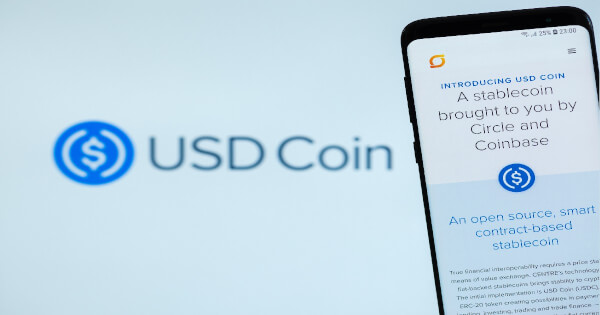Circle Releases Comprehensive Guide for Migrating from Bridged to Native USDC on Sui Mainnet
Circle’s release of a comprehensive guide on migrating from bridged USDC to native USDC on the Sui Mainnet has sparked interest among developers and users in the crypto community. The guide, which emphasizes best practices and benefits of using native USDC, aims to streamline the transition process and enhance the user experience.
Bridged USDC, also known as USDC.e on the Sui Mainnet, is a synthetic version of USDC generated through a third-party bridge application. In contrast, native USDC is issued directly by Circle on the Sui Mainnet and is fully backed by liquid assets, making it redeemable 1:1 for US dollars.
To support the migration process, Circle recommends making native USDC the default for deposits, withdrawals, and swaps, updating top tokens and analytics pages, and highlighting native USDC in user interfaces. These best practices are designed to promote the use of native USDC and ensure a seamless transition for users.
The benefits of using native USDC are numerous, including full reserve backing, support from Circle Mint and its APIs, and interoperability across multiple blockchain networks through Circle’s Cross-Chain Transfer Protocol (CCTP). Additionally, native USDC facilitates institutional on/off-ramps and provides a more secure and reliable option for users.
Developers can facilitate the migration by creating swapping mechanisms or liquidity pools within their applications on the Sui Mainnet, while users can utilize decentralized exchange protocols such as Aftermath Finance, Cetus, FlowX, Deepbook, and Turbos for swaps. It is essential for developers to ensure that contract addresses match the intended transactions to avoid confusion between native and bridged USDC.
Accessing native USDC is made easier through DeFi protocols on the Sui Mainnet, applying for a Circle Mint account, or using a CCTP-enabled bridge app to transfer USDC from other blockchains to the Sui Mainnet. Protocols like Suilend and Navi Protocol support swapping mechanisms for this purpose.
For more information on USDC branding and guidelines, developers and users can visit Circle’s pressroom page for additional resources. The release of this guide marks a significant step towards enhancing the usability and accessibility of native USDC on the Sui Mainnet, further solidifying Circle’s position in the crypto space.

